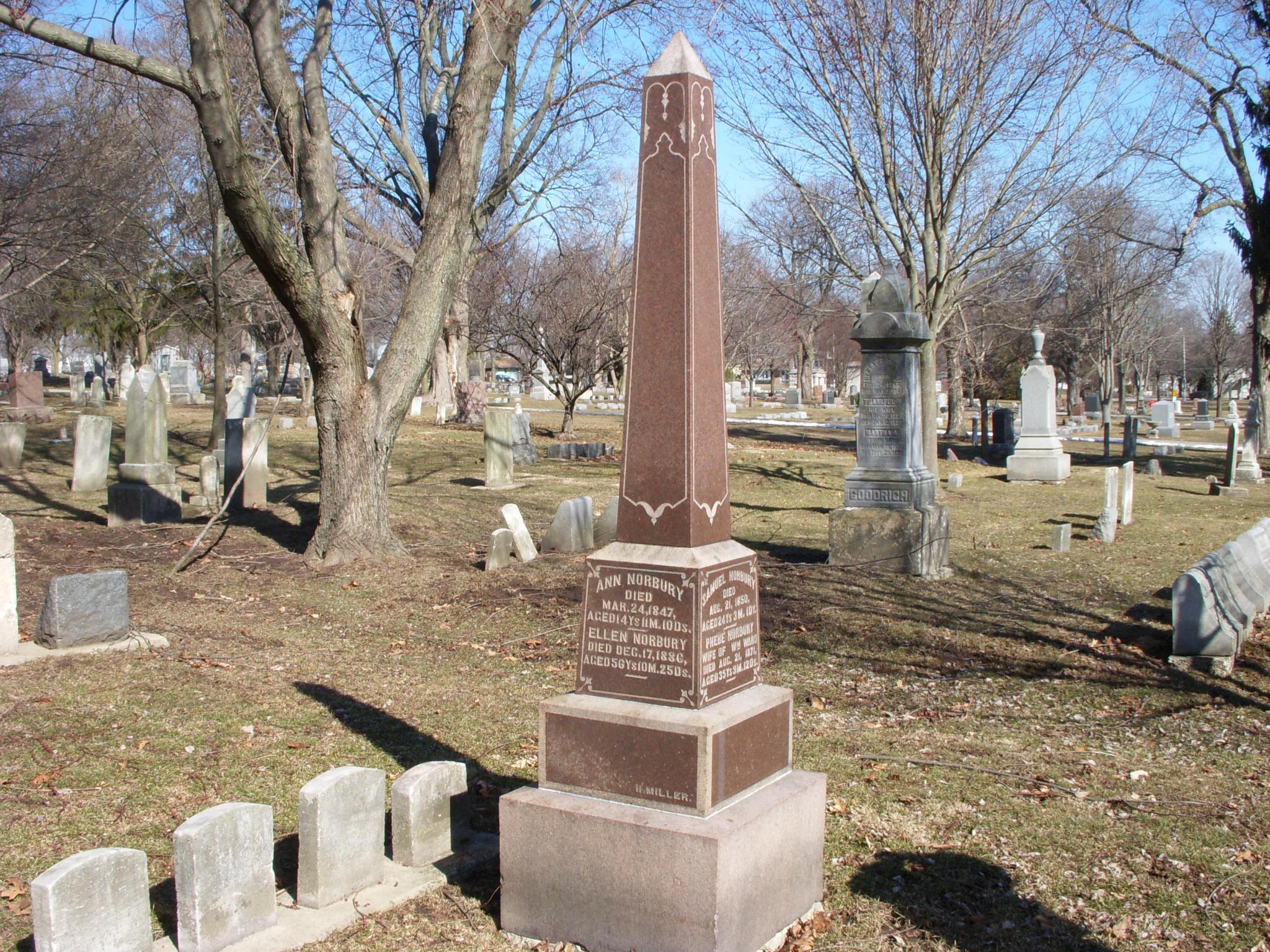
Monument carved by Henry Miller
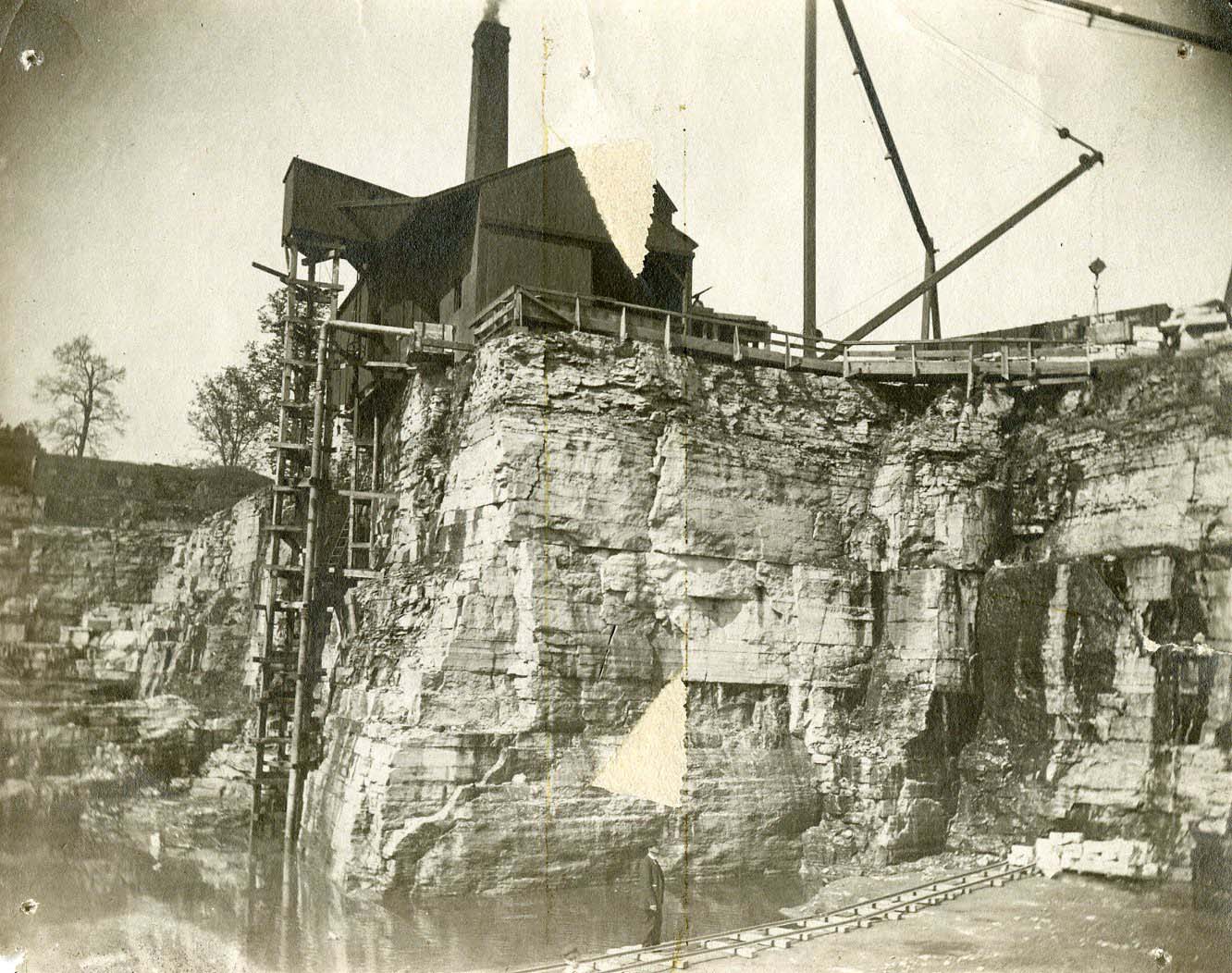
Naperville quarry, late nineteenth century
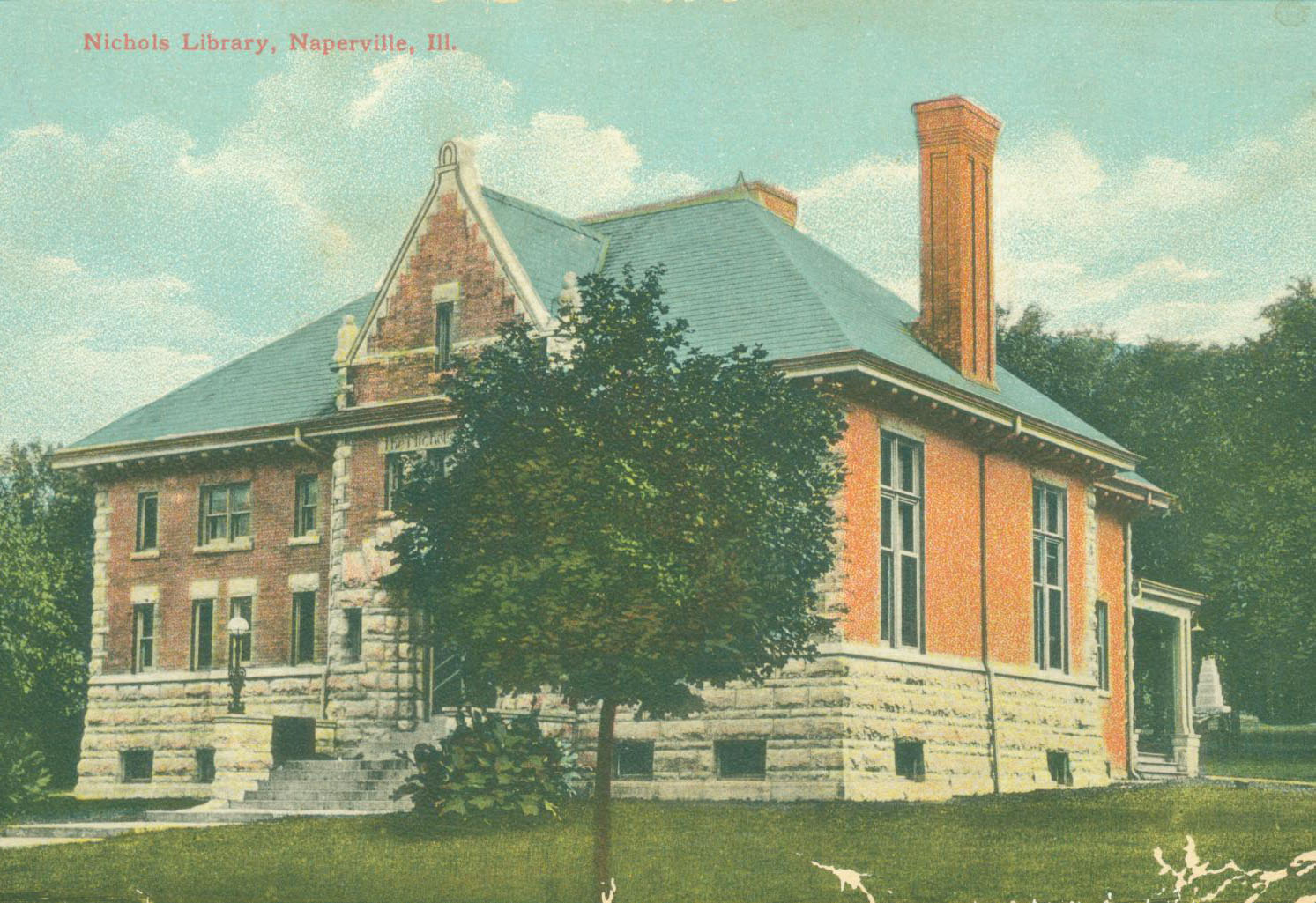
Nichols Library
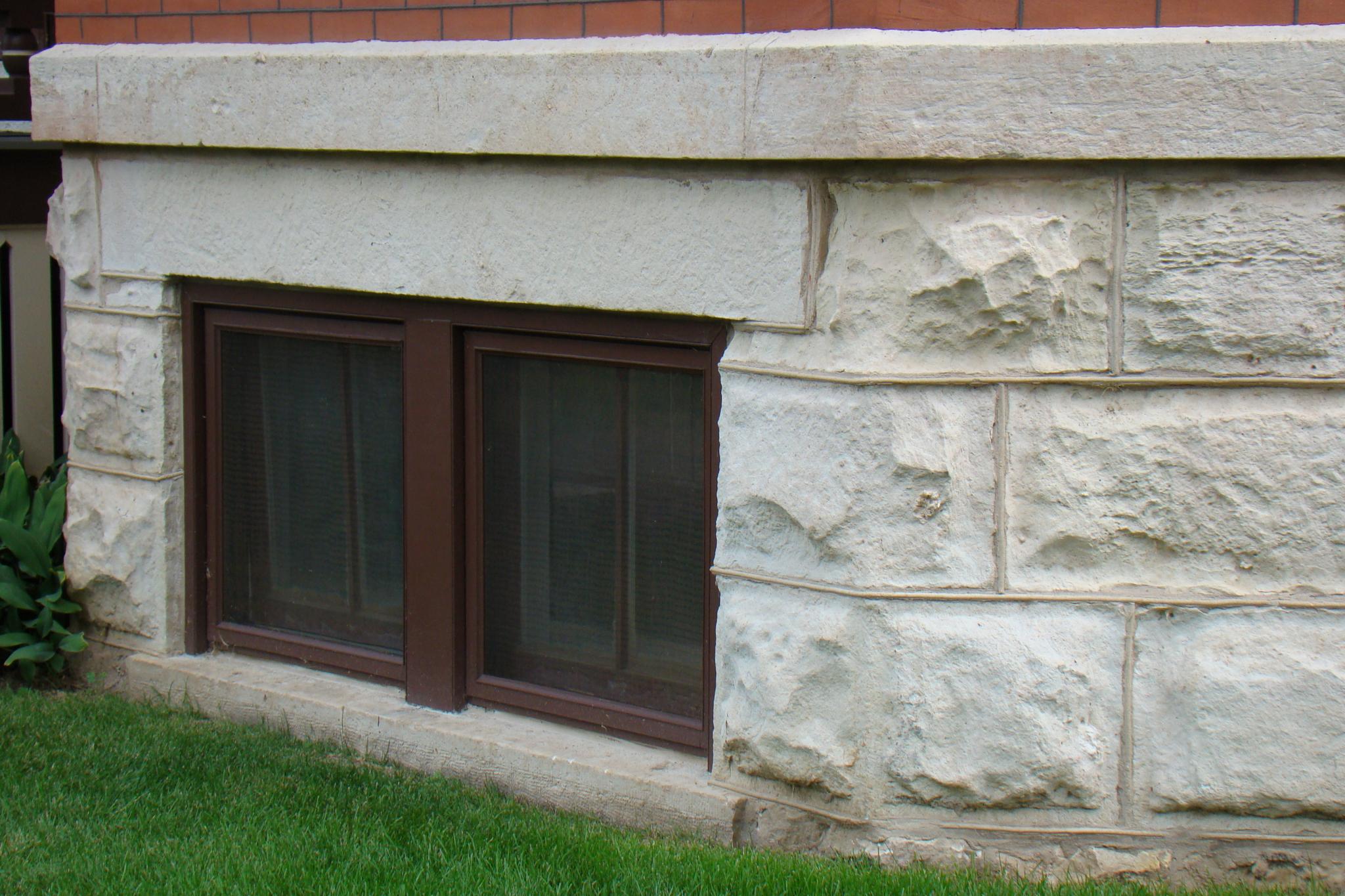
Stone foundation of Martin-Mitchell Mansion
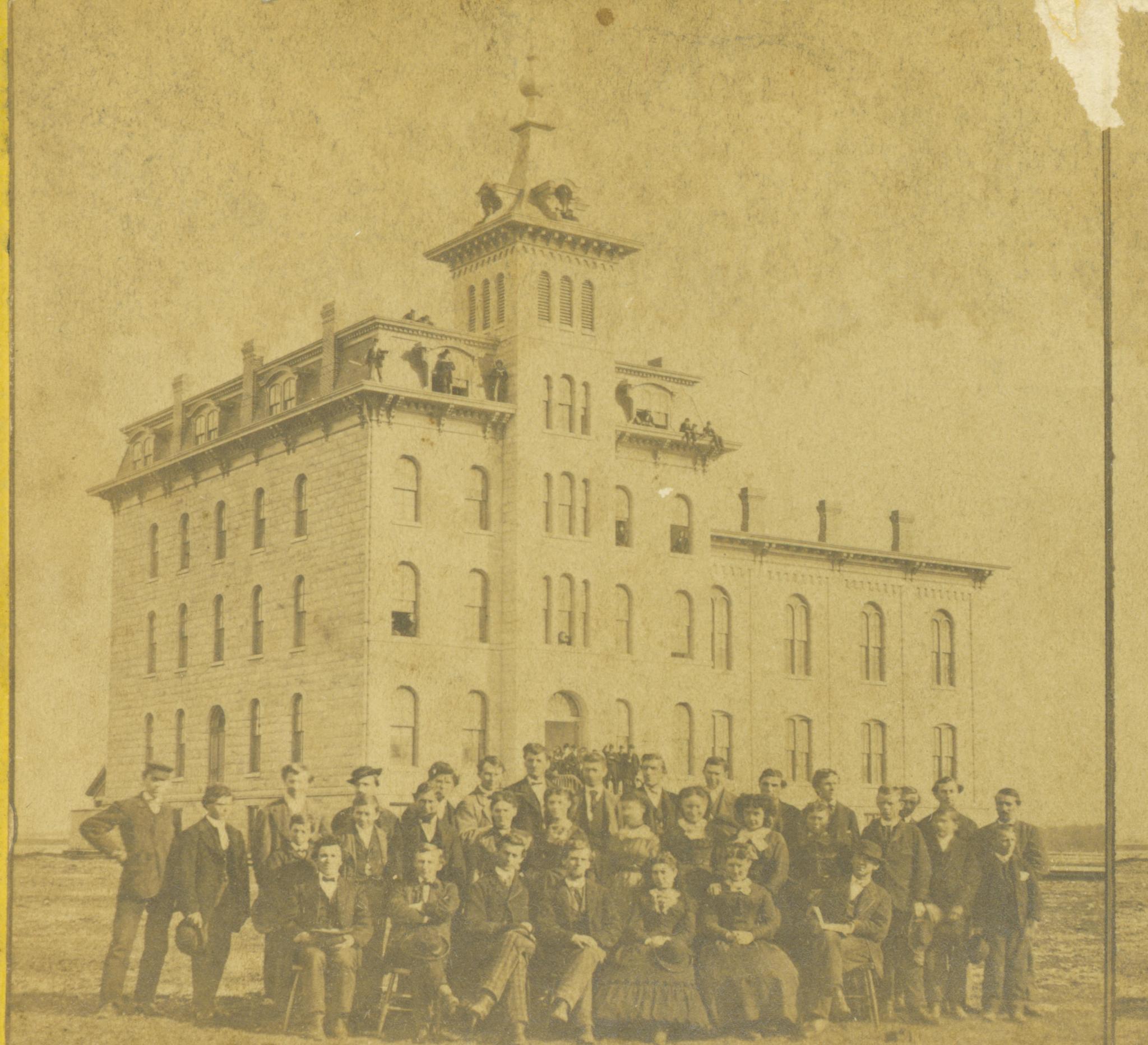
Old Main at North Central College
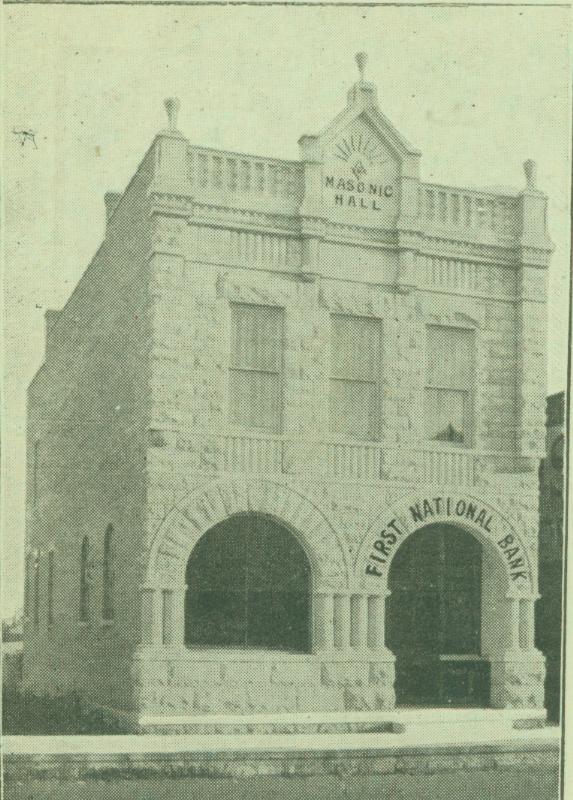
First National Bank of Naperville
Before 1870, the United States did not have the money or talent to produce grand buildings that required the kind of architectural stonework seen in Europe. Richard Morris Hunt was the first American architect to bring the popular neo-classical style of beaux-arts architecture to the U.S. in the mid 1800s. The style reflected classical architectural styles of Ancient Greece and Rome, but with more flair, and relied heavily on sculptural reliefs and ornamentation on a building’s exterior. As beaux-arts and other classical architectural styles grew in popularity throughout the nation, a small industry of sculptors and carvers developed to meet demand. Here in Naperville, stone carving thrived in the late 19th century because of the area’s limestone quarries, but carvers’ decorative talents were limited to gravestones and fireplace mantles because of the low durability of local limestone. Instead, builders used Naperville limestone for the foundations of homes and businesses. Examples of their work remain in public buildings today, like the former Nichols Library on Washington Street (now a church).